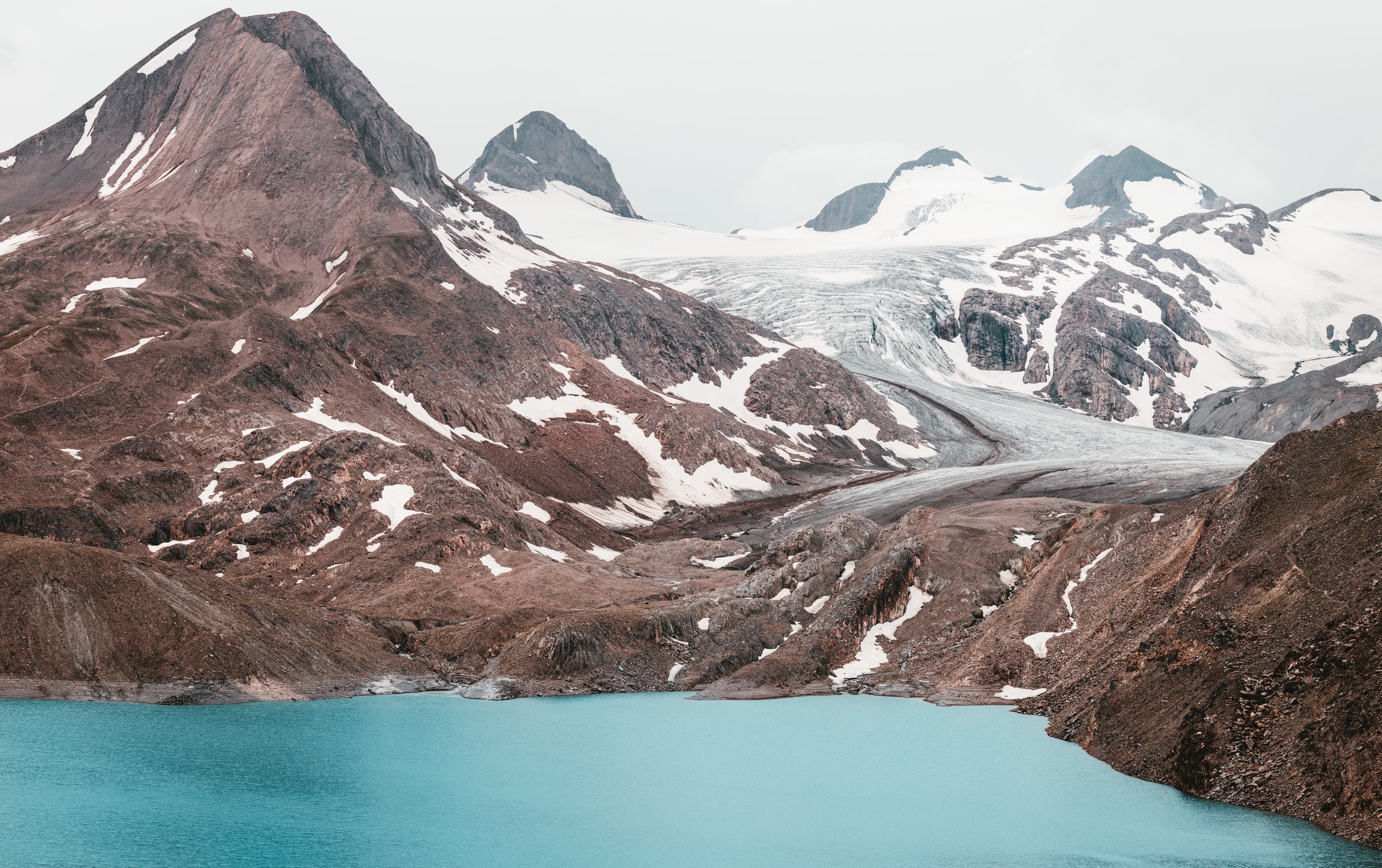
Storing Carbon Dioxide in Rocks
Nearly all pathways identified by the Intergovernmental Panel on Climate Change that limit climate-change induced temperature rise to less than 2oC rely on large-scale diversion of carbon emissions away from the atmosphere and instead into permanent storage...
Speakers
Event series
Content navigation
RegisterDescription
Nearly all pathways identified by the Intergovernmental Panel on Climate Change that limit climate-change induced temperature rise to less than 2oC rely on large-scale diversion of carbon emissions away from the atmosphere and instead into permanent storage.
Geologic carbon sequestration involves the capture of emitted carbon dioxide (CO2) from point source emitters (or potentially, directly from the atmosphere) followed by injection into porous rocks deep underground. In order to be able to predict where the CO2 will go once it’s been injected– and to design safe strategies to prevent the buoyant CO2 from bubbling back up to the surface– we need to understand how the fluid CO2 moves through the tortuous pore spaces of the rocks, on length scales ranging from the size of individual bubbles to the size of geologic formations.
At the ANU National Laboratory for X-ray MicroComputed Tomography (CTLab), we use X-ray microscopy to map mineral and fluid distributions in three dimensions during high-pressure injections of CO2 into rock cores. I will provide an overview of this X-ray imaging technology, as well as what we have learned about multiphase fluid dynamics from our experiments, and how we can use this knowledge to help design safe and efficient CO2 injection and storage strategies.
About the speaker
Anna completed her PhD in Environmental Engineering from Oregon State University in 2015, and since then has been a post-doc at the Department of Applied Maths in the Research School of Physics at the Australian National University. She focuses on microscale physics in fluid-porous media systems, with applications in CO2storage and CO2 utilization, and is known for her novel characterization approach utilizing topological analysis of 3D imaged data. She was awarded a 'Discovery Early Career Research Award' fellowship from the Australian Research Council in 2018, and is also a Chief Investigator for the Australian Research Council Training Centre for Multiscale 3D Imaging, Modelling and Manufacturing at the ANU.
Webinar recording
Location
Online

